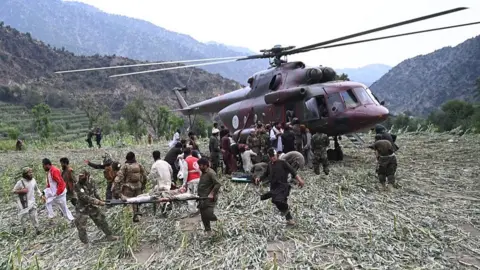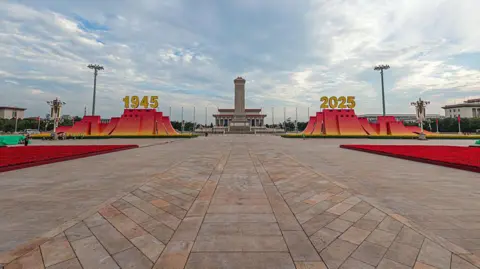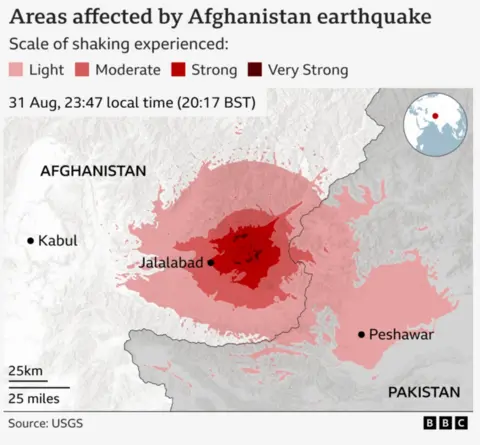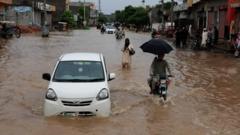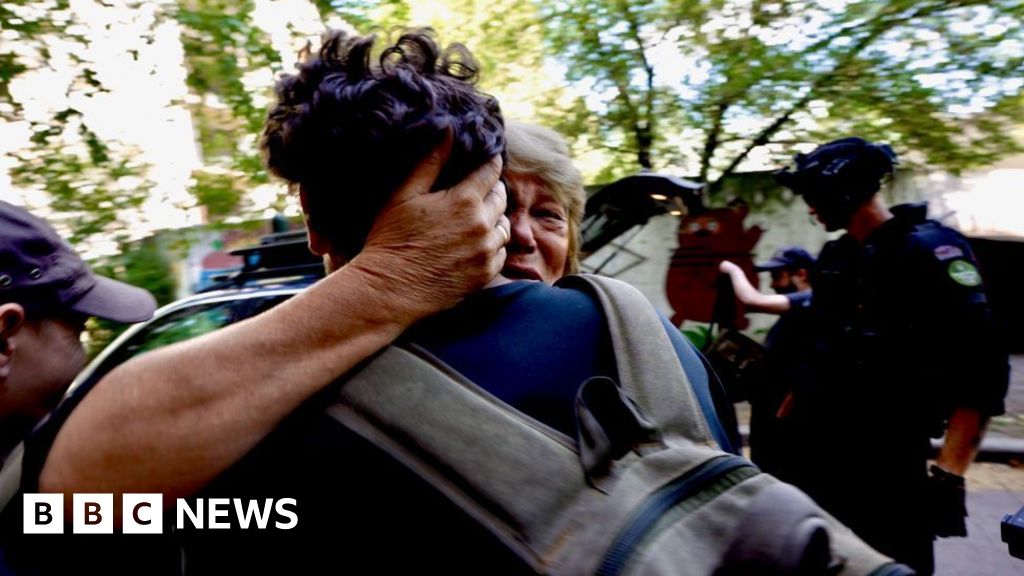The Pacific is returning to calm after a powerful 8.8-magnitude earthquake struck near Russia's Kamchatka Peninsula, prompting widespread tsunami warnings and mass evacuations across various territories, including parts of Russia, Japan, and Hawaii. The quake, occurring at 11:25 local time on Wednesday, initially raised fears of devastating tsunamis and led to over two million people being advised to flee coastal areas.
Despite the quake’s intensity, reports indicate no significant injuries or destructive impacts. A tourist in Hawaii expressed relief, stating, “The disaster we were expecting did not come.” Residents of Hawaii evacuated to higher ground, where they experienced waves measuring up to 1.2 meters on Oahu and 1.7 meters on Maui. Hawaii's Governor Josh Green issued a stern warning, stating, "It is not a regular wave. It will actually kill you if you get hit by a tsunami." Shortly thereafter, however, he confirmed that no dangerous tsunami waves had emerged.
The Pacific Tsunami Warning Centre downgraded the tsunami warning for Hawaii to an advisory level, indicating concern for potential strong waves and minor flooding, but ruling out the risk of a significant tsunami. The director of the Hawaii Emergency Management Agency, Stephen Logan, advised those evacuated to return home gradually while remaining alert for any flooding.
As the tsunami threat diminished, areas of northern California reported waves reaching up to 1.09 meters, with minor tidal surges noted in locations like San Francisco and Los Angeles. British Columbia in Canada initially issued a tsunami advisory but later rescinded it as conditions improved.
In Russia, the quake triggered tsunami waves reaching as high as five meters in regions like Severo-Kurilsk, which was evacuated without severe injuries reported. Officials lifted the tsunami warnings thereafter but noted that the Klyuchevskoy Volcano had begun erupting, with visible lava flows.
Kamchatka Governor Vladimir Solodov remarked that this was the most powerful earthquake witnessed in the region in several decades, followed by at least six aftershocks, the strongest registering 6.9 in magnitude. Meanwhile, in Japan, authorities issued evacuation orders impacting nearly two million residents and saw waves exceeding one meter particularly along the Pacific coast, with Tokyo officials quickly downgrading warnings after assessing the situation.
Internationally, tsunami alerts were also briefly raised for regions in French Polynesia, Southeast Asia, and South America, but many warnings were later retracted as wave heights were found to be much lower than anticipated, with no significant damage reported elsewhere.
Wednesday’s seismic event, situated in the Pacific Ring of Fire—a region notorious for seismic activity—has proven to be one of the largest earthquakes ever recorded in that area, joining ranks with past significant quakes in Chile and Ecuador, along with the well-remembered 9.0 magnitude quake in 1952, which also led to a major tsunami.









